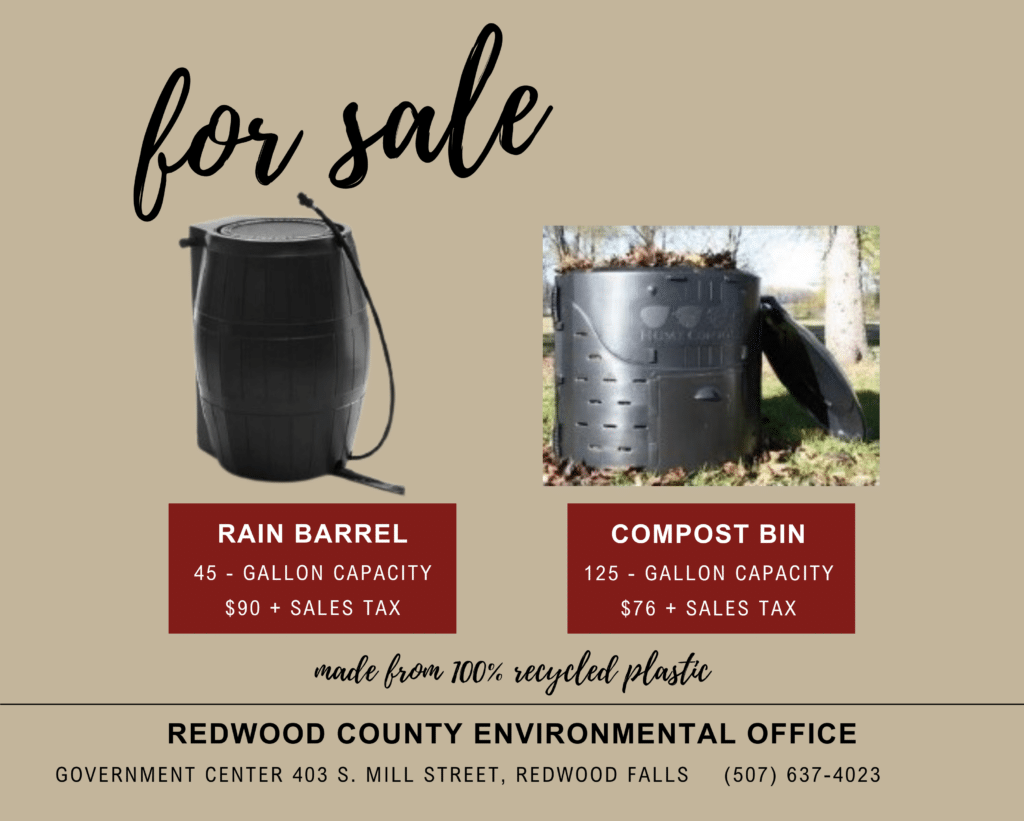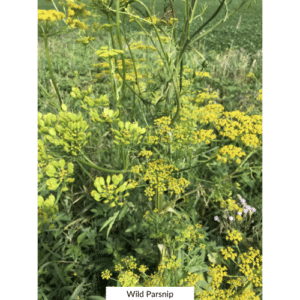Staff:
Nick Brozek - Director of Planning and Environmental Services
Jeanette Pidde - Land Use and Zoning Supervisor
Brent Lang - Ditch and Ag Inspector
Matt Mumme - Assistant Ditch and Ag Inspector
Chris Burchfield - GIS Specialist
Adam Kletscher - Plum Creek County Park Ranger
Lali Ortega - Administrative Assistant and Ditch Technician
Planning and Zoning
Overview
It is the duty of the County Zoning Office to administer and enforce the Redwood County Zoning Ordinance. Zoning is used to ensure orderly land use development within the County. The Redwood County community has a real interest in how land is used – now and in the future. Land use decisions have an effect on quality of life, economics, and the environment. The authority to adopt zoning regulations to help eliminate the adverse impact of poor land use decisions has been granted to counties by Minnesota State Law.
The ability to adopt a zoning ordinance starts with the creation of a Comprehensive Plan. The Comp Plan is a 20 year guidance document and provides the legal basis for establishing land use controls. Our zoning ordinance must comply with the goals contained within our Comp Plan.
The main goal of our office in enforcing the zoning ordinance is to maintain orderly growth and development in the county and to protect the public’s health, safety, and welfare. We strive to work within the requirements of our zoning ordinance and other applicable laws to accommodate the citizens of Redwood County to ensure logical, consistent, and reasonable results.
Other Services
Forms


